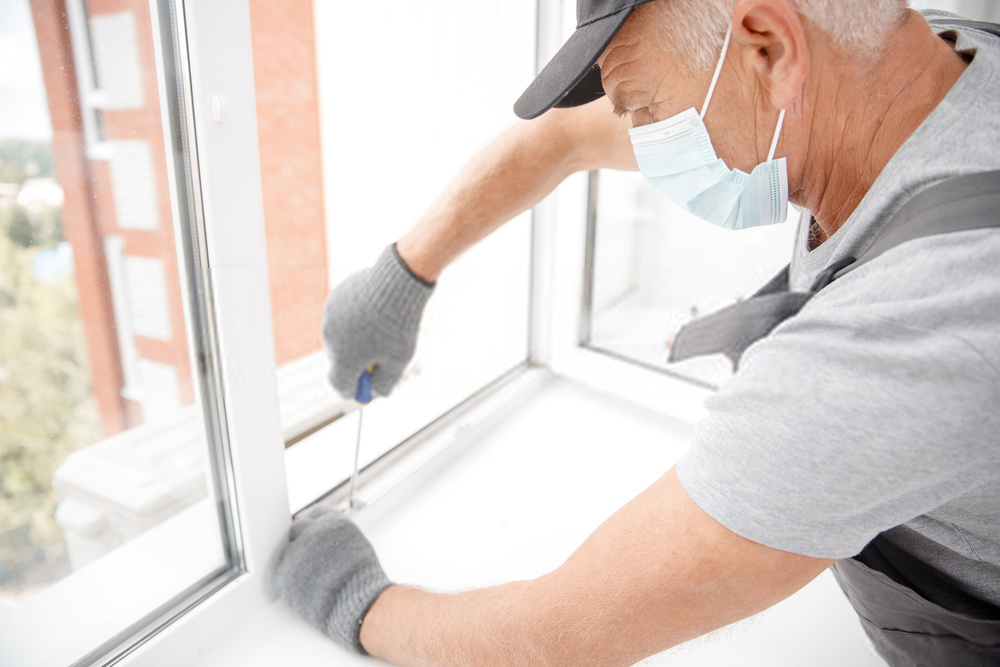Windows are an essential part of any home, providing natural light, ventilation, and a view of the outside world. However, when a window locking mechanism fails, it can be a major inconvenience and security risk. In this article, we will provide a comprehensive troubleshooting guide on how to fix a window locking mechanism, empowering you to tackle this common household issue with confidence.

Image: www.handlesandhinges.co.uk
Introduction to Window Locking Mechanisms
A window locking mechanism is a mechanical device that secures a window in a closed position, preventing unauthorized opening and ensuring the safety of your home. These mechanisms vary in design, but they all share a common purpose: to keep windows firmly shut and prevent intruders from entering. Understanding the different types of window locking mechanisms and their functions is crucial for effective troubleshooting.
Common Window Locking Mechanisms and Their Problems
There are various types of window locking mechanisms used in different window designs. Some of the most common types include:
-
Sliding Window Lock: This type of lock is typically found on sliding windows and features a latch that engages with a strike plate on the window frame. Common issues include sticking or broken latches, misaligned strikes, and faulty rollers that prevent smooth sliding.
-
Casement Window Lock: Casement windows swing outwards, and their locks typically consist of a crank handle that rotates a locking arm. Problems with casement window locks may arise due to loose or damaged handles, broken gears, or misaligned locking arms.
-
Double-Hung Window Lock: Double-hung windows feature two vertically sliding sashes, and their locks are located on the side of the window frame. Common issues include jammed or broken sash locks, malfunctioning balancers, and loose or damaged cords or ribbons.
-
Tilt-and-Turn Window Lock: These windows can both tilt inwards and swing outwards, and their locking mechanisms are usually located at the top and bottom of the window. Problems with tilt-and-turn window locks may include faulty tilt-only mechanisms, misaligned hinges, or broken locking bolts.
Troubleshooting Window Locking Mechanisms
To fix a window locking mechanism, it’s essential to diagnose the issue accurately. Here’s a step-by-step troubleshooting guide:

Image: atlanticwindowrepair.com
1. Lubrication:
Often, a lack of lubrication can cause window locks to malfunction. Apply a small amount of penetrating oil or lubricant to the keyhole, latch, or any moving parts of the lock. Allow the lubricant to settle in for a few minutes before testing the lock.
2. Cleaning:
Dirt, dust, and debris can accumulate over time and interfere with the proper functioning of the locking mechanism. Use a soft brush or cotton swab to gently remove any visible buildup from the lock and its components. If necessary, you can use a vacuum cleaner with a soft brush attachment to remove stubborn dirt.
3. Alignment:
Ensure that the lock components are properly aligned. For example, in sliding windows, the latch should engage smoothly with the strike plate on the window frame. If the latch is misaligned, the window may not close securely. Similarly, in casement windows, the locking arm should fit snugly into the locking slot.
4. Tightening Loose Screws or Bolts:
Check if any screws or bolts on the lock or its mounting plate have become loose over time. Loose screws can prevent the lock from engaging properly. Using an appropriate screwdriver or wrench, tighten any loose screws or bolts. Be careful not to overtighten, as this can damage the components.
5. Inspecting for Broken Parts:
If lubrication, cleaning, and alignment fail to resolve the issue, you may need to inspect for broken parts. Carefully examine the latch, locking arm, strike plate, or other components of the locking mechanism for any cracks, breaks, or missing pieces. If you find any damaged parts, you will likely need to replace them.
How To Fix Window Locking Mechanism
Conclusion
Fixing a window locking mechanism can be a straightforward task with the right approach and a bit of patience. By following the troubleshooting steps outlined in this article, you can diagnose and repair common window locking issues, ensuring that your windows stay secure and functional. Remember to always prioritize safety when working with windows and seek professional help if you encounter any complex problems or are uncomfortable performing the repairs yourself.